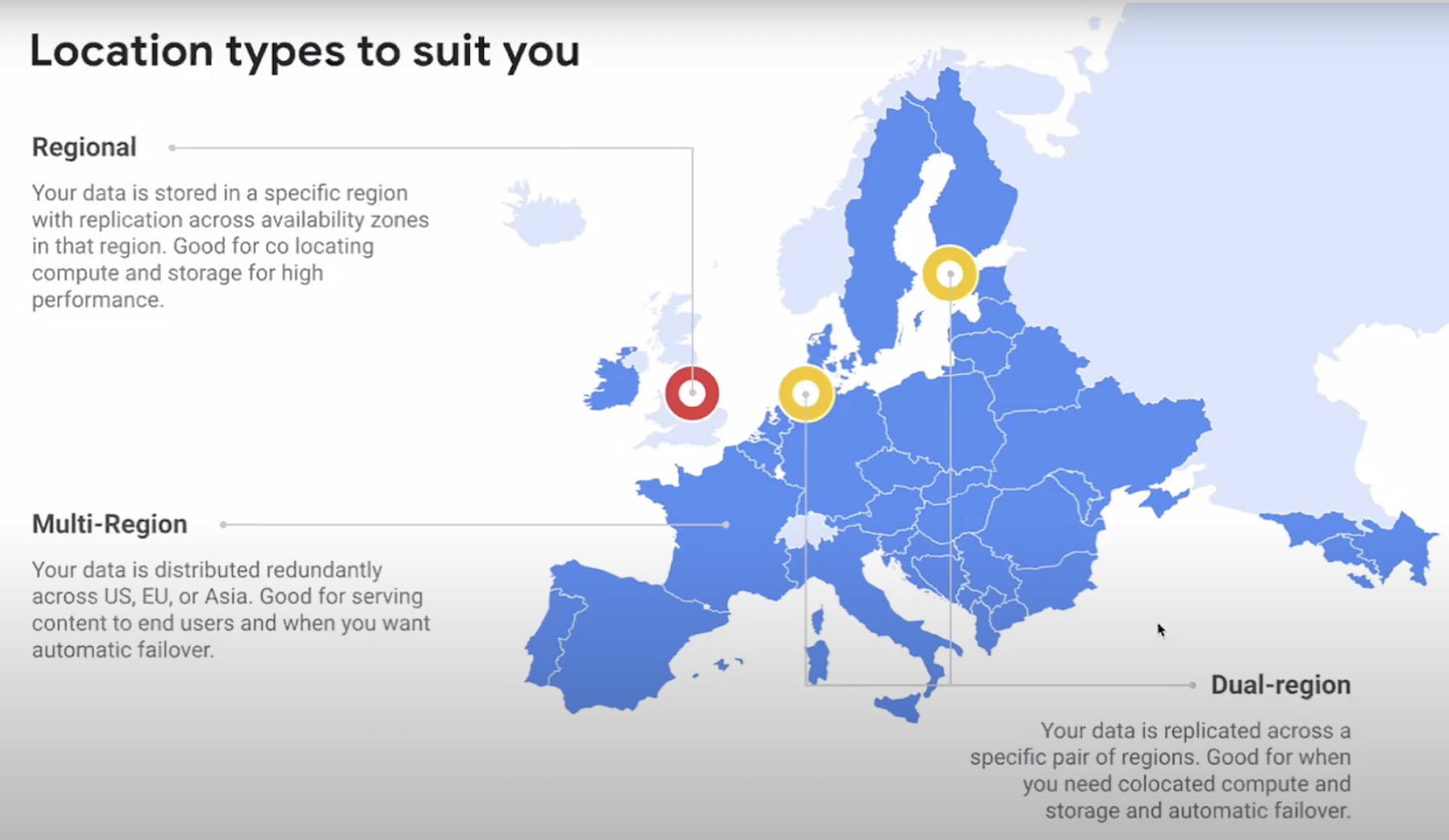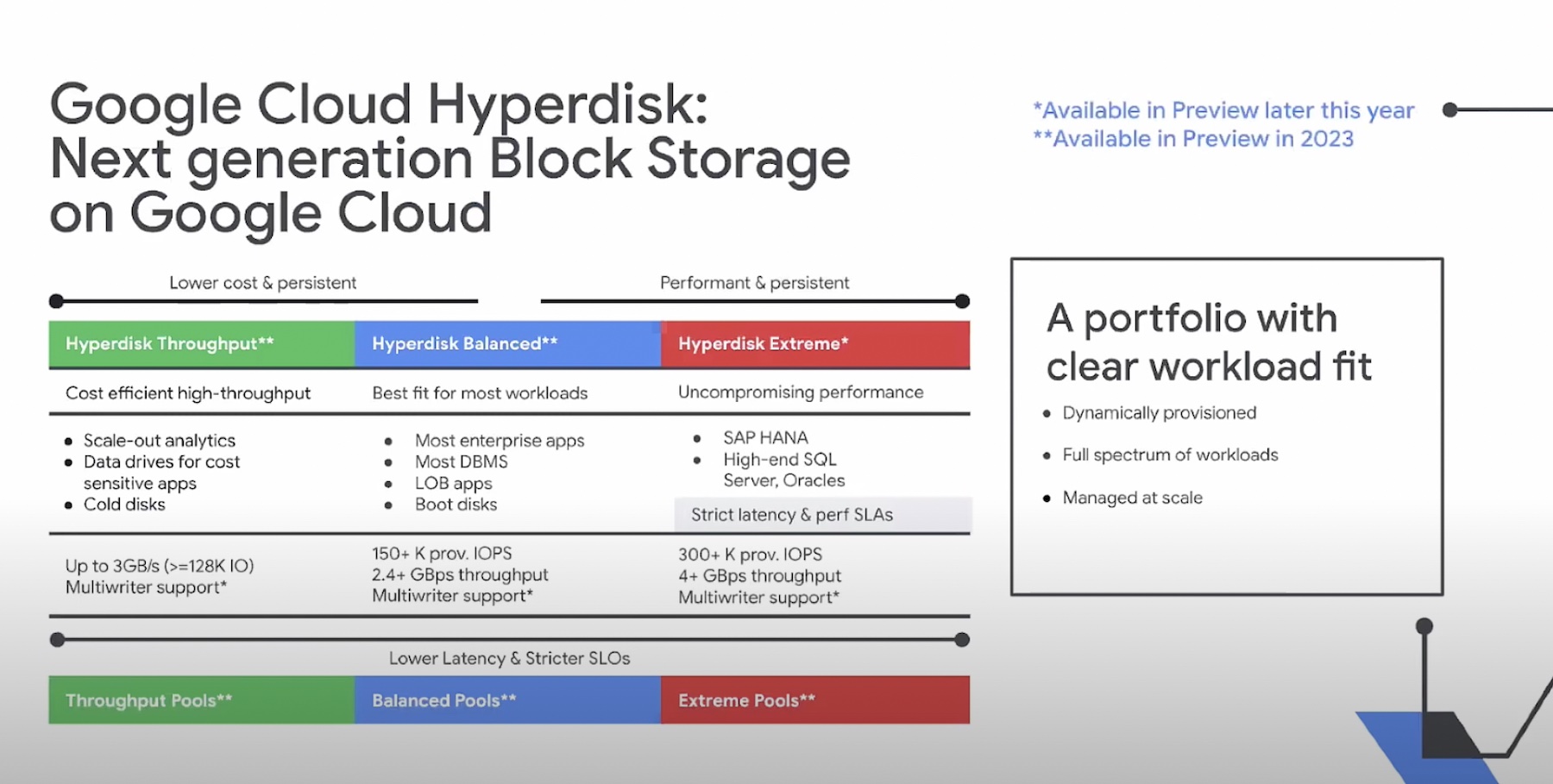 There was a lot of excitement when Google announced it’s intent to develop the Chrome operating system (Chrome OS). Almost immediately journalists, analysts, and bloggers began speculating if Google’s future OS offering could pose a threat to Microsoft’s dominance on the desktop. VMware quickly added clout to Google’s plans by promising to support Google OS. VMware also expressed interest in the Chrome OS being used to develop specialized applications as virtual appliances. However, the most compelling question and use for the new Linux based OS to me would be if the Chrome OS could become relevant in connecting to VDI solutions. I feel that Google’s immediate traction and ultimate success with an OS relies on it’s ability to install VDI clients — not as a Microsoft desktop replacement, whether physical or virtual.
There was a lot of excitement when Google announced it’s intent to develop the Chrome operating system (Chrome OS). Almost immediately journalists, analysts, and bloggers began speculating if Google’s future OS offering could pose a threat to Microsoft’s dominance on the desktop. VMware quickly added clout to Google’s plans by promising to support Google OS. VMware also expressed interest in the Chrome OS being used to develop specialized applications as virtual appliances. However, the most compelling question and use for the new Linux based OS to me would be if the Chrome OS could become relevant in connecting to VDI solutions. I feel that Google’s immediate traction and ultimate success with an OS relies on it’s ability to install VDI clients — not as a Microsoft desktop replacement, whether physical or virtual.
VDI has gained momentum. VMware, Citrix, and Microsoft all boast about the availability of an enterprise ready virtual desktop management solution. Storage technologies such as thin provisioning, deduplication, and rapid cloning are being perfected and optimized and will lower the total cost of ownership for VDI. 64 bit Hardware with virtualization assist technologies on host servers has enabled record setting ratios of supported users. It seems that OS licensing models formerly based on physical hardware are slowly morphing to support virtualized environments. But, in my opinion, there is still a major hurdle to the enterprise’s wide spread acceptance of VDI on a platform other than Windows.
Is enterprise business really ready to migrate the majority of their user applications and data to Linux, the web, or even the Cloud? For Chrome OS to challenge Microsoft for seats in the enterprise, this shift will have to happen, and it will have to be publicly reported as highly successfully and common. Are web based applications and software as a service (Saas) alternatives ready to handle main stream business services like email and office collaboration? More importantly, are enterprise IT departments ready to allow cloud providers to run, protect, and store their business critical applications and data? When that happens the OS on the desktop becomes less important. The browser will become the only application of importance.
Until then, Windows will continue to be the most popular desktop OS simply because it runs the most popular applications needed by business today. Therefore, the typical VDI solution in the immediate future will continue to consist of Windows VMs. Microsoft’s decision to strip down the bloat and replace Vista with Windows 7 was a wise move, and probably has ensured Microsoft’s position as the desktop market leader for many more years to come.
That’s why it more important to think about what will the users use to connect to those virtual desktops. Yes, VMware, and the competition, is developing their own desktop hypervisor OS. VMware calls their work in progress CVP (Client Virtualization Platform), but is VMware’s CVP (for example) really going to be able to run on all modern notebooks and desktops? To be specific, on the Lenovo T400 I am using to write this, will a VMware client hypervisor allow all of the volume buttons, wifi adapter controls, microphone, blue tooth, and other miscellaneous hardware features to work properly? What about all the other manufacturers of notebooks, netbooks, and desktops with their different models and hardware configurations too? This is where all the work put in to a modern Linux distribution appears to have the advantage. Otherwise, does the future client hypervisors requiring their own specialized hardware really sound appealing? Does expecting users to use today’s notebooks without the full functionality sound realistic?
Assuming Google’s product will be most like a Linux distribution, it seems to me that Google’s best bet for mass adoption of the Chrome OS would be to make sure that enterprises can count on installing VMware’s View Client (and the competition’s VDI clients as well). The real corporate desktop will still have to be a Windows virtual machine that can be synced between the data center and the client OS and even used offline. Eventually, as cloud based application replacements emerge in the future, Google’s OS could become more of a direct competitor/replacement to Microsoft’s OS.




